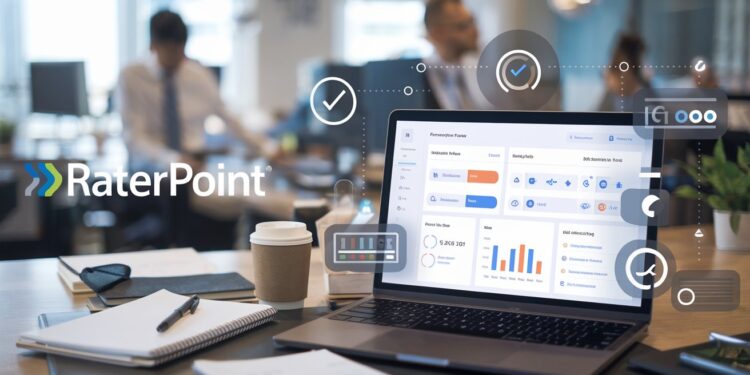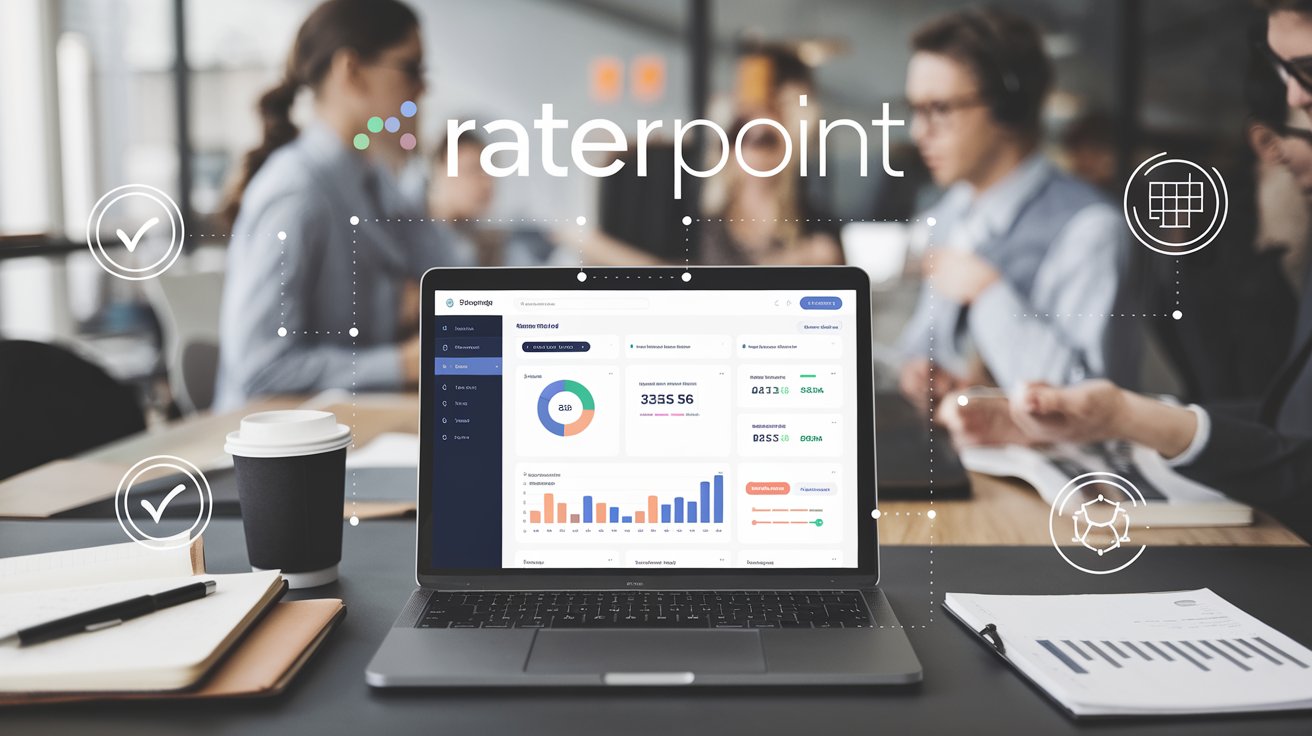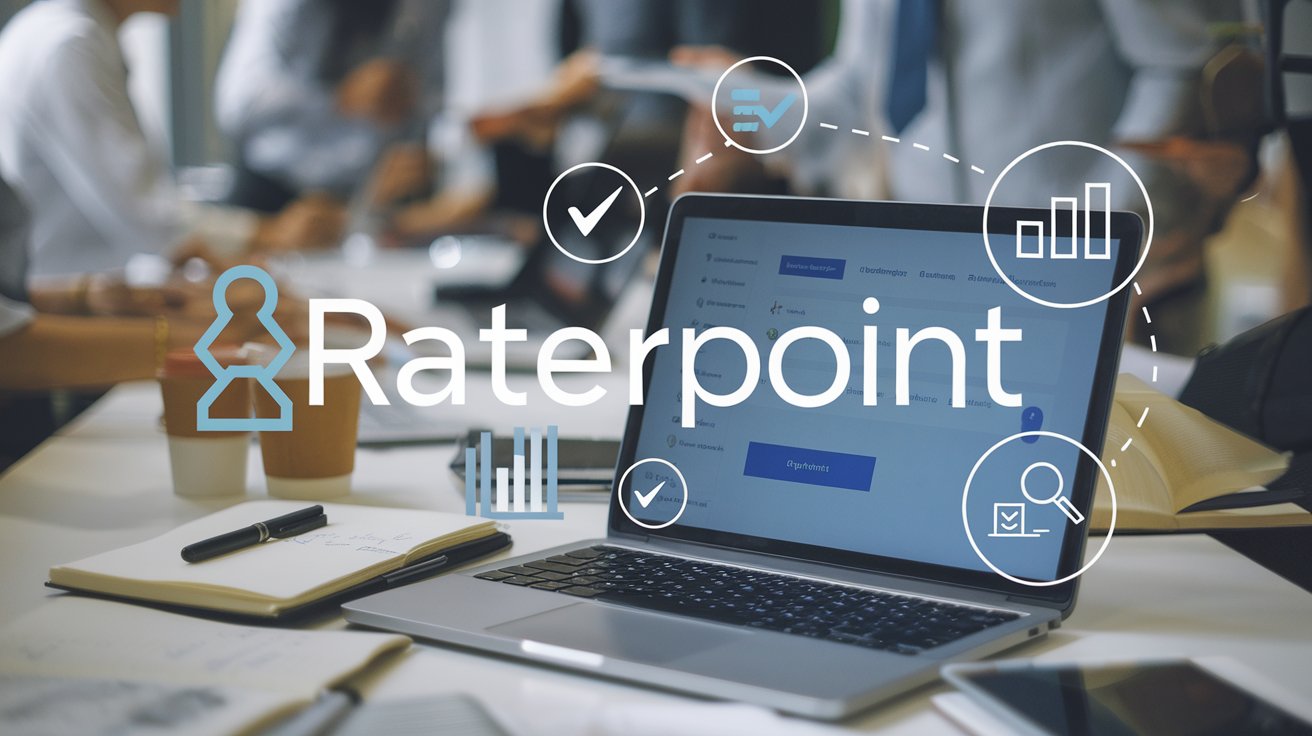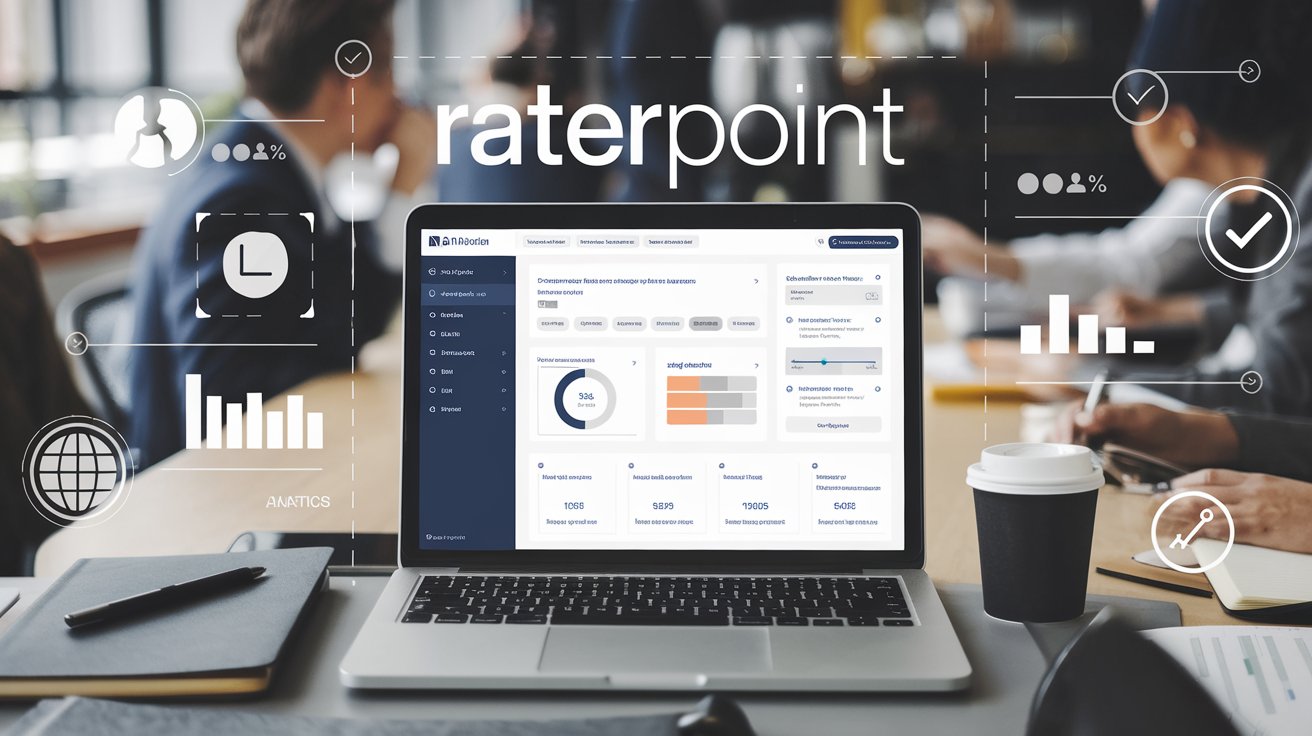In the world of performance evaluations, accuracy and fairness are crucial. RaterPoint is a comprehensive platform designed to simplify and enhance the process of conducting performance reviews. With its user-friendly interface and advanced analytics, RaterPoint ensures that managers and employees receive meaningful insights that drive growth and productivity. This guide will walk you through using RaterPoint to conduct precise and effective performance evaluations.
1. Understanding RaterPoint
Before diving into the details of conducting reviews, it’s important to understand what RaterPoint offers and how it operates.
What is RaterPoint?
RaterPoint is a performance management tool that helps organizations streamline their employee evaluation processes. It provides structured templates, real-time feedback features, and data-driven insights to foster a culture of continuous improvement.
Why Use RaterPoint?
- Ensures fairness and objectivity in evaluations.
- Reduces administrative workload with automated tools.
- Encourages ongoing feedback and communication between managers and employees.
Feature |
Benefit |
|---|---|
Customizable Review Templates |
Tailors evaluations to job roles and goals |
Analytics Dashboard |
Tracks performance trends over time |
Feedback System |
Facilitates real-time communication |
2. Setting Up RaterPoint for Your Organization
Proper setup is the foundation of an effective evaluation process. Follow these steps to get started:
Account Creation
- Visit the RaterPoint website and sign up for an account.
- Provide your organization’s details, including size and industry.
- Choose a subscription plan based on your company’s needs.
Configuring Review Templates
- Select from pre-designed templates or create custom ones.
- Define key performance indicators (KPIs) relevant to each job role.
- Incorporate rating scales, competency-based questions, and goal-tracking fields.
Review Component |
Purpose |
|---|---|
Competency Ratings |
Evaluates skills and behaviors |
Goal Achievements |
Tracks progress toward objectives |
Open-Ended Feedback |
Provides qualitative insights |
3. Conducting Performance Reviews with RaterPoint
Once your system is set up, it’s time to conduct performance reviews effectively.
Step 1: Scheduling Reviews
- Set review timelines, whether quarterly, bi-annual, or annual.
- Notify employees and managers well in advance.
Step 2: Inputting Data
- Gather feedback from peers, supervisors, and self-assessments.
- Ensure data accuracy by cross-checking with prior evaluations.
Step 3: Evaluating Performance
- Use the analytics dashboard to identify trends and patterns.
- Highlight achievements and address areas for improvement.
Step 4: Providing Feedback
- Schedule one-on-one meetings to discuss results.
- Use RaterPoint’s feedback tools to share constructive comments and set future goals.
Step |
Action |
|---|---|
Scheduling Reviews |
Set timelines and notify stakeholders |
Inputting Data |
Compile and verify feedback |
Evaluating Performance |
Analyze data and generate insights |
Providing Feedback |
Discuss results and establish action plans |
4. Leveraging RaterPoint’s Features for Accuracy
RaterPoint’s advanced features are designed to enhance the accuracy and effectiveness of your reviews.
Real-Time Feedback
Encourage continuous feedback by using the platform’s instant messaging and reporting tools. This allows managers and employees to address issues as they arise, rather than waiting for formal reviews.
Analytics Dashboard
Use RaterPoint’s visual reports to track individual and team performance. Metrics like goal completion rates, skill improvements, and peer feedback scores provide valuable insights.
Bias Detection Tools
RaterPoint includes features to detect and mitigate biases in evaluations, ensuring that reviews are fair and objective.
Feature |
How It Enhances Accuracy |
|---|---|
Real-Time Feedback |
Reduces surprises during formal reviews |
Analytics Dashboard |
Provides data-driven insights |
Bias Detection |
Ensures fairness and minimizes subjectivity |
5. Best Practices for Using RaterPoint
To get the most out of RaterPoint, follow these best practices:
Define Clear Criteria
Ensure that employees understand the criteria used to evaluate their performance. Transparency fosters trust and encourages better preparation.
Focus on Constructive Feedback
Highlight strengths while offering actionable suggestions for improvement. Avoid focusing solely on weaknesses.
Involve Employees in the Process
Encourage self-assessments and include employees in setting future goals. This creates a sense of ownership and accountability.
Best Practice |
Why It’s Important |
|---|---|
Clear Criteria |
Aligns expectations and avoids confusion |
Constructive Feedback |
Encourages growth and motivation |
Employee Involvement |
Promotes accountability and engagement |
6. Troubleshooting Common Challenges
While RaterPoint is a robust platform, challenges can still arise. Here’s how to address them:
Challenge |
Solution |
|---|---|
Employee Resistance |
Provide training on the benefits of RaterPoint |
Inconsistent Data Input |
Standardize templates and train reviewers |
Feedback Overload |
Focus on key takeaways and actionable steps |
7. Measuring the Impact of RaterPoint
After implementing RaterPoint, evaluate its effectiveness by tracking improvements in the following areas:
- Employee performance trends.
- Manager-employee communication.
- Achievement of organizational goals.
Key Metrics to Track:
- Percentage of goals met.
- Feedback response rates.
- Reduction in turnover due to improved engagement.
Metric |
What It Indicates |
|---|---|
Goal Completion Rates |
Measures productivity and alignment |
Feedback Participation |
Reflects engagement levels |
Employee Retention |
Shows the impact of fair evaluations |
Conclusion
RaterPoint is more than just a performance review tool—it’s a platform that fosters growth, accountability, and communication within organizations. By leveraging its features and following best practices, you can conduct accurate and impactful performance evaluations that drive individual and organizational success.
FAQs
1. Is RaterPoint suitable for small businesses?
Yes, RaterPoint offers scalable plans that are suitable for organizations of all sizes.
2. Can RaterPoint integrate with other HR tools?
Yes, RaterPoint integrates with many HR management systems to streamline data sharing.
3. How often should performance reviews be conducted?
While the frequency depends on your organization’s goals, quarterly or bi-annual reviews are recommended for consistency.
4. Does RaterPoint offer training for new users?
Yes, RaterPoint provides tutorials and customer support to help users get started.
5. How does RaterPoint ensure data security?
RaterPoint employs advanced encryption and security protocols to protect sensitive information.








